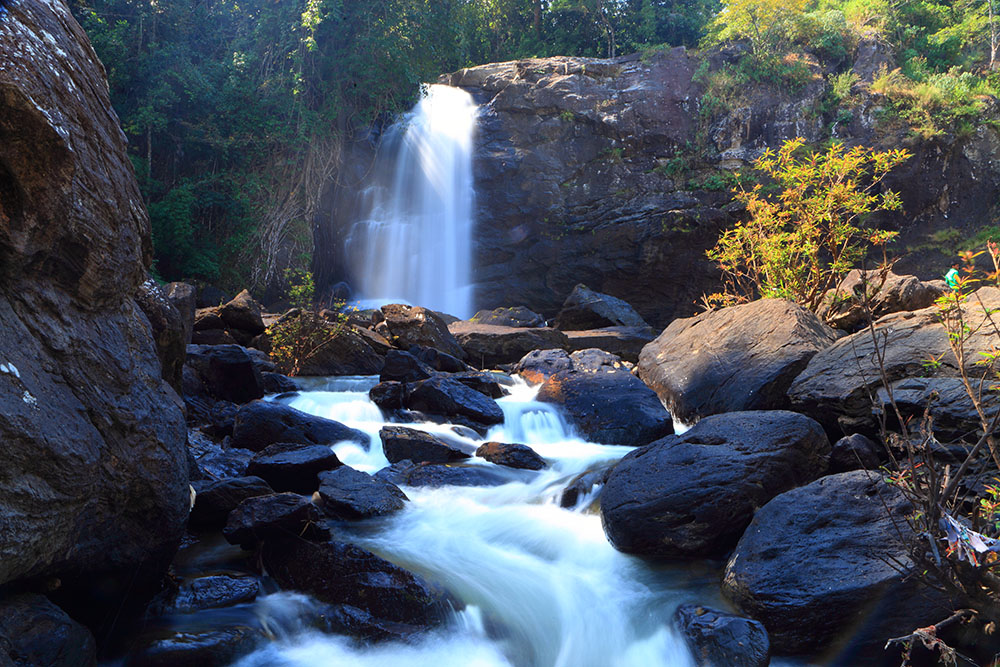Sri Krishna’s Brindavanam and Dvarka Lilas : 4. Glory of Srimad Maha Bhagavatam : Swami Krishnananda

01/02/2019 Sri Krishna’s Brindavanam and Dvarka Lilas : 4 The contrary nature that is so remarkably seen in Bhagavan Sri Krishna cannot be seen in anyone else. Whatever he did, and whatever he said, had this characteristic of a blending of contrary features which are not easily reconcilable. Even the Bhagavadgita that he taught is of such a nature: it is a winding argument which leads nowhere, if it is read carelessly. Throughout his life, he played this role of wonderful activity which was justifiable from his point of view, but nobody could understand what he was up to. The first part of the Tenth Skandha of the Srimad Bhagavata occupies itself with these pranks of the child Krishna, and while every action of his was superhuman, he made it still worse by engaging himself in a dramatic performance called the Rasa Lila, which cannot be seen in the life of any other person in the world. Here again we have a mystery that transcends human reason because there are no men and wo...









